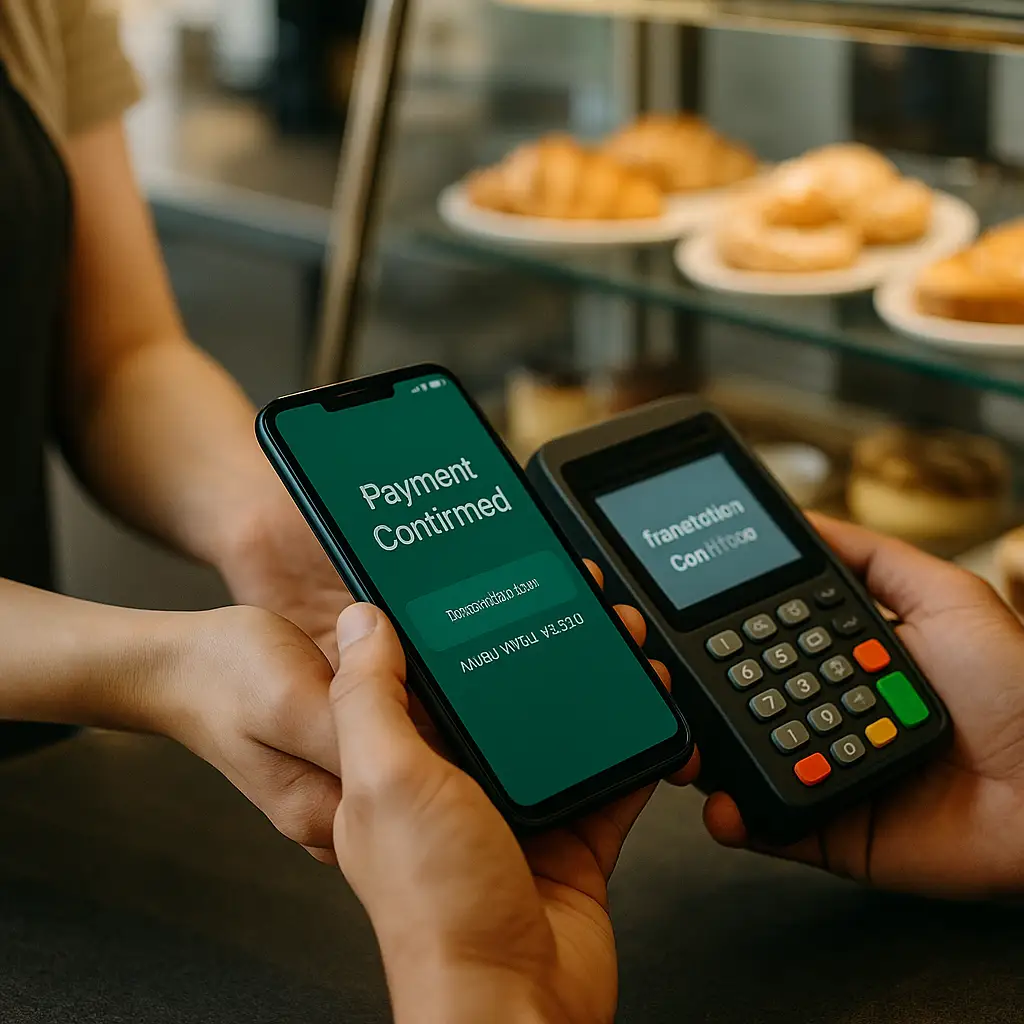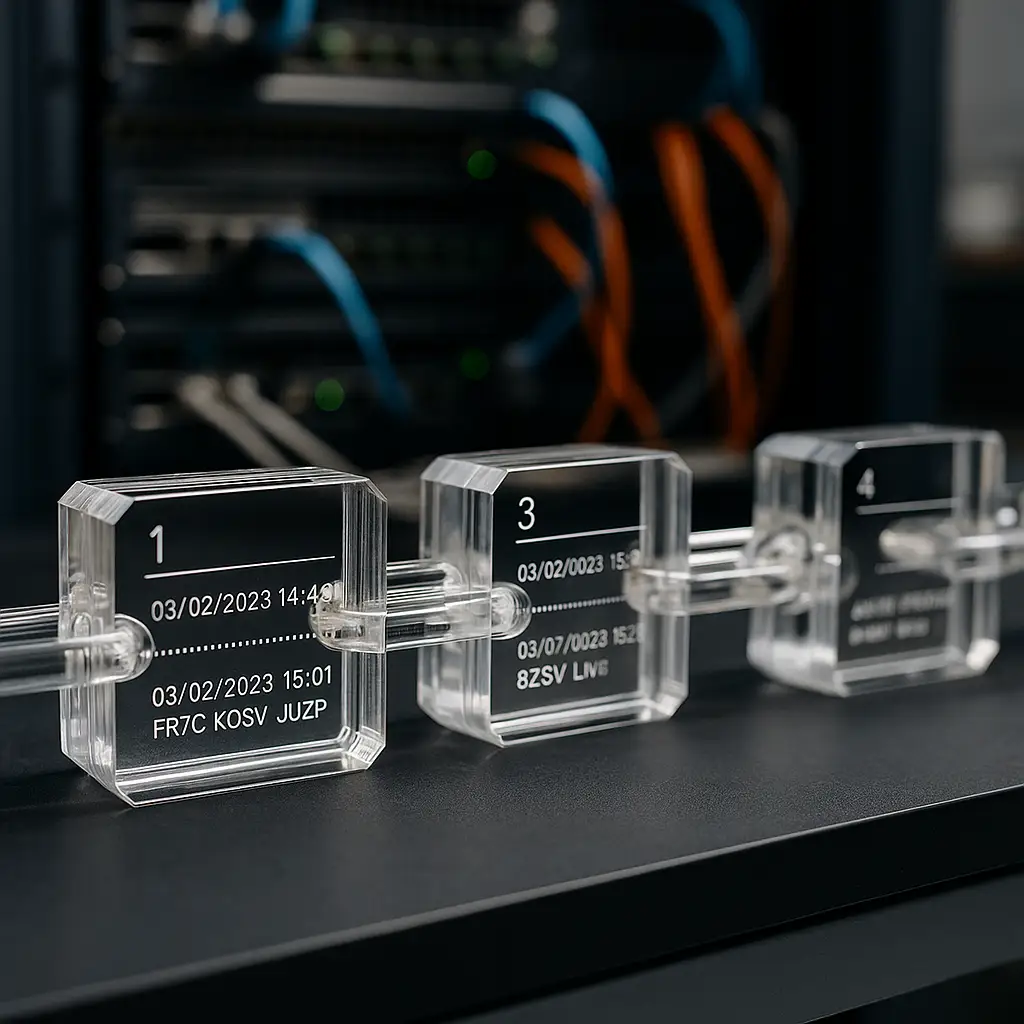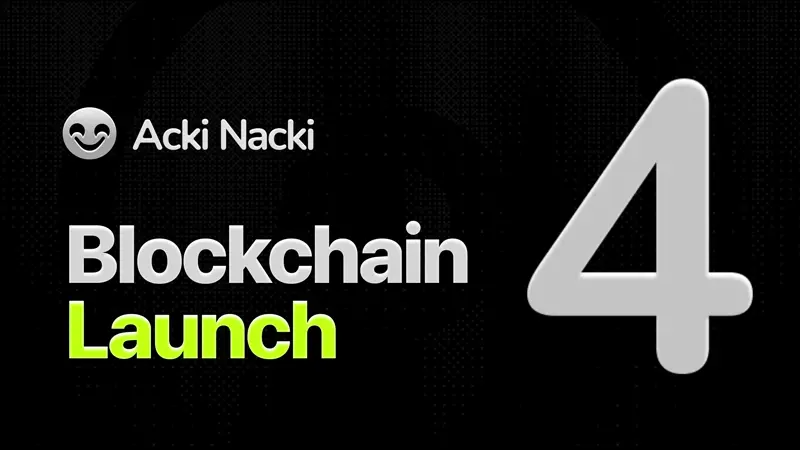By Dapp Whisperer
Not another buzzword
You typed “what is blockchain technology and what do we use it for” because somewhere between a crypto bro’s TikTok and your bank’s “instant transfer in 1-3 business days,” you realized the world is pretending to be digital while still stapling paper behind the scenes.
You don’t want a TED Talk.
You want a straight answer that doesn’t smell like investor pitch cologne.
Here:
Blockchain is a public, append-only spreadsheet run by many computers that don’t trust each other, yet agree on a single history without a boss.
That’s it.
No unicorn dust.
No “revolutionizing everything” speech.
Just a ledger that anyone can verify, no one can silently edit, and everyone can build on.
If that sounds boring, good. Real infrastructure is boring. Bridges, plumbing, DNS. You notice them only when they fail.
Blockchain is that tier, if you use it for the right problems and not to sell cartoon apes for the price of a car.
Let’s dissect the beast, kill the myths, and end with a ruthless checklist: when to use a blockchain, and when to back away slowly.
How the sausage is made
1) Blocks, chains, and cold, unforgiving math
- Blocks are bundles of transactions (like “Jane sent Doe 1 coin,” “This contract changed state,” “This deed moved owners”).
- Each block has a hash (a fingerprint) and points to the previous block’s hash. That creates a chain. If you try to change a past transaction, the fingerprints break and everyone sees your surgery scars.
- The result: tamper-evident history. Not “unhackable”, nothing is, but attacking it becomes astronomically expensive if enough independent computers guard it.
2) Consensus, replacing the boss with a tournament
You can’t trust a single server. So you make many servers compete to write the next page.
- Proof of Work (PoW): Burn electricity to win the right to add a block (Bitcoin’s model). It’s simple, robust, and yes, energy-heavy by design, security paid in joules.
- Proof of Stake (PoS): Lock value (stake) to participate; cheat and your stake gets slashed (Ethereum today). It’s more energy-efficient, but governance and wealth concentration need adult supervision.
- There are others (DPoS, BFT variants), but the premise is the same: earn the right to propose a block; get punished if you lie.
3) Smart contracts, code that holds money at gunpoint
A smart contract is a program on the chain that:
- Lives at an address.
- Holds assets.
- Executes rules exactly, no begging, no exceptions, no “the manager isn’t in today.”
Example: a simple escrow that releases funds when both parties sign, or when an oracle says “package delivered.” No lawyer. No bank clerk. Just software with teeth.
4) Tokens – money, tickets, titles, chaos
- Fungible tokens (like stablecoins): interchangeable units (1 = 1).
- Non-fungible tokens (NFTs): unique items: deeds, certificates, collectibles. 90% of NFT mania was nonsense; the remaining 10% is the future of ownership.
- Soulbound / non-transferable: IDs, certifications, reputation. Can’t be flipped like a coin.
5) Oracles, don’t let the outside world poison you
Blockchains don’t know the weather or stock prices on their own. Oracles feed external facts on-chain. If your oracle lies, your contract acts on a lie. Solve it with:
- Multiple sources + consensus.
- Bonds/slashing for liars.
- Legal hooks for recourse.
If you get oracles wrong, congratulations, you built an expensive automated scam.

What is blockchain actually good for?
If your problem is “we need a faster database,” use Postgres and go home. If your problem is “we can’t trust a single admin, and we need everyone to agree on the same truth without favoritism,” now you’re in blockchain territory.
1) Digital money that doesn’t ask for permission
- Bitcoin: apolitical, settlement-grade value transfer. Not instant coffee, more like digital gold, slow, heavy, final.
- Stablecoins on public chains: dollars that move at internet speed. Global, 24/7, programmable. They already beat bank wires in cost and reliability. If you’ve paid a freelancer in another country in under a minute, you know.
Use when: finality, censorship resistance, borderless speed matter more than “pretty banking app UI.”
2) Asset rails: turning legal paper into programmable objects
- Tokenized treasuries, invoices, carbon credits, real estate shares.
When assets become tokens, settlements are instant, splits are automatic, and audit trails are native. - NFT deeds/registries: ownership you can’t “lose in the drawer.” If you’ve seen land records vanish after a “database upgrade,” you understand the appeal.
Use when: you need clear, auditable ownership and instant transfer without office hours.
3) Supply chains that don’t disappear when someone retires
- Shipments, origins, handoffs. Immutable logs reduce “oops the tomatoes were organic last Tuesday” theater.
- Not perfect, garbage in, garbage out, but far less wiggle room for creative fiction.
Use when: cross-company truth is more important than protecting a single company’s spreadsheet.
4) Identity & credentials that travel with you
- Verifiable credentials: “over 18,” “licensed,” “resident,” without exposing your entire life.
- Selective disclosure: prove just enough, not everything.
Use when: you want portable trust, IDs that work across systems without central snooping.
5) Programmable organizations (DAOs)
- Treasury on-chain, rules on-chain, votes on-chain.
- Messy? Often. Better than a dictatorship in a Discord? Also often.
Use when: money, decisions, and execution must be transparently linked.
6) Gaming & digital items that actually belong to players
- Items as tokens. Markets that outlast the studio. If the game dies, the items don’t.
- Play-to-earn hype? Mostly trash. Play-and-own is the grownup version.
Use when: users deserve custody and secondary markets without permission.
7) Payments & remittances for people banks treat like inconveniences
- Crypto rails beat the wire system like a rented mule.
- Fees: cents not percentages. Time: minutes not days. Available to humans, not just “qualified customers.”
Use when: global money needs to behave like global email.

What it’s not for
If you recognize yourself below, save your budget and your dignity.
- Faster databases: If one company controls the data and everyone trusts it, don’t use a blockchain. Use a database. The end.
- Secret data sharing: Public chains are transparent by default. Privacy solutions exist (ZK, FHE), but they’re heavy and specialized. Don’t pretend you can hide your medical records on-chain. Anchor proofs, keep raw data off-chain.
- Corporate control freakery: If your “blockchain” has 3 private nodes run by the same department, you built an overpriced log file.
- Ponzinomics disguised as “community”: If the token’s only job is to pump and your roadmap is a vibe, the market will correct your personality soon.
Trade-Offs
You don’t get magic without math bills.
- Scalability vs. decentralization vs. security (the trilemma):
Choose two to prioritize; earn the third with sweat and years of engineering. Layer-2s help, but trade-offs remain. - Finality:
Banks let you reverse transactions “because Karen cried.” Blockchains don’t. Learn to live with adult money, or design reversible rails with explicit rules, not hush-hush favors. - UX:
Wallets and key management still scare civilians. Fix with social recovery, account abstraction, and good defaults. If your app requires a 30-page tutorial, your app is bad. - Regulatory fog:
Expect rules to lag five years behind reality, then arrive all at once like a SWAT team. Design for auditability, KYC at the edges, and clean books. - Oracle risk:
If the outside world lies, the chain believes. Reduce risk with redundancy, bonds, and transparent dispute windows. Otherwise, your “truth machine” is just a parrot with a tie.
Scams, saints, and everyone in between
Let’s be cruel because reality is:
- Scams exist because humans want shortcuts more than they want literacy. If a project promises 200% APY for “providing liquidity,” it’s farm-to-table stupidity.
- Maxis exist because someone on the internet got rich and now thinks economics ended with their bag.
- Builders exist too. Quiet, boring people who make wallets safer, rails faster, and audits stricter. You won’t see them trending. You will feel their impact when your payment settles in 8 seconds at 0.2¢.
If you can’t tell who’s who, here’s the cheat code: follow the incentives, then read the code (or the audit), then test the exit door. If any of those three stink, walk.
The minimalist’s toolkit
- Wallet: A reputable, audited wallet with social recovery. If it feels sketchy, it is.
- Stablecoin: One with transparent reserves and credible auditors. If you can’t find the attestation, enjoy your mystery meat.
- Explorer: Etherscan-like tools to see what the hell actually happened. Use them.
- Cold storage: If money matters, get a hardware wallet. If that sounds annoying, banking was invented for you.
Optional but powerful:
- Smart-contract platform for experiments (testnets first, please).
- Credential system (verifiable credentials) to learn how selective disclosure works.
- Open data mindset. If your project fears sunlight, it deserves a funeral.
Honest FAQ
Q: Is blockchain secure?
It’s as secure as the number and diversity of validators, the quality of code, and your own operational hygiene. It removes certain human risks and exposes others. Fortune doesn’t protect fools.
Q: Isn’t this all for criminals?
Criminals use cash and offshore shells because they like privacy and plausible deniability. Public chains are traceable. If you’re laundering on-chain, you’re volunteering for a very long case study.
Q: Isn’t it slow/expensive?
Public base layers are settlement layers, like interbank wires, not tap-to-pay. Use Layer-2s for speed and cost. Or choose a chain that fits your throughput needs. Don’t shove a truck down a bike lane.
Q: Energy waste?
PoW pays for security with energy. PoS shifts cost to economic stake and governance. If you want global, neutral money, there are no free lunches, only different receipts.
Q: When will normal people use it?
They already do when they receive dollars at midnight Sunday in under a minute. They just call it “my app,” not “my blockchain.” That’s success.
When to use a blockchain
Say “yes” to at least four of these before you write a single line:
- Multi-party system with low mutual trust.
- Need for a single, shared, tamper-evident history.
- Public verifiability or at least auditability matters.
- You want rules (smart contracts) that execute without a human gatekeeper.
- Assets or rights must move without office hours.
- Participants change frequently; no single admin can be trusted forever.
- You can keep private data off-chain while anchoring truth on-chain.
- You accept trade-offs: slower than a private DB, transparent by default, no silent reversals.
If you said “yes” to two or fewer, you don’t need a blockchain. You need a better spreadsheet, an API, and therapy for your project manager.
The future you can actually expect
- Stablecoin rails go mainstream. Banks copy them or quietly route through them.
- Tokenized boring assets (bills, invoices) dominate TVL while loud retail tokens cannibalize each other in public.
- Identity gets grown-up: Verifiable credentials become invisible plumbing. You’ll “prove you’re allowed” without flashing your life.
- Gaming economies stop rug-pulling. Items survive studios. Grey markets turn white.
- Public finance borrows blockchain discipline: open tenders, open budgets, traceable spend. Not because politicians are saints, but because the math is cheaper than the scandals.
Will there be spectacular failures? Absolutely. But so what? The internet had Pets.com. We kept the TCP/IP.
The point
Blockchain isn’t here to save your soul or your portfolio. It’s here to remove the need to beg for fairness where fairness can be automated. It’s here so a payment clears without a clerk, a deed transfers without a cousin, a vote counts without a back room.
Use it where trust is scarce and consequences are high. Don’t use it to feel modern.
If you want slogans, go read a pitch deck. If you want working rails, build with people who measure twice, ship once, and log everything. Start small. Move one real process on-chain. Watch the noise drop and the fraud evaporate. Then scale.
That’s the quiet revolution: not fireworks, finality.
And if anyone tries to sell you “the future” with a countdown timer and three emoji, close the tab. Real infrastructure doesn’t scream. It hums.





